Building a wheelbarrow is a great DIY project that can be completed in just a few hours. Not only will you end up with a sturdy and functional piece of equipment, but you’ll also have the satisfaction of knowing that you made it yourself! In this guide, we’ll walk you through the steps involved in building your very own wheelbarrow. We’ll answer some common questions and provide some tips to help make the process go smoothly. So let’s get started!
How to build a wooden wheelbarrow?
Tools
To build a wheelbarrow, you’ll need the following tools:
- A saw (circular or jigsaw);
- Sandpaper;
- Hammer;
- Nails;
- Safety glasses and gloves for protection [2];
Materials
You’ll also need the following materials:
- 2 pieces of 1″x6″ lumber (for the sides);
- 1 piece of 3/4 ” plywood (for the bottom);
- 4 caster wheels (2 swivels and 2 fixed);
- 4 corner brackets;
- Wood glue [2];
Cut the Handles and Legs
Using a saw, cut two pieces of lumber into four 16″ lengths. These will be used as the handles and legs of your wheelbarrow. [1]

Cut the Wheel Axle
Now, cut one piece of lumber into two 16″ lengths. These will be used as wheel axles. [1]
Mark the Wheel
Using a pencil, mark the center of both wheel axles. Then, make two marks on each handle, 6″ from either end. [1]
Cut the Wheel
Using a jigsaw, cut two slots on each handle at the marks you made. These will be used to attach the wheels. [1]
Drill the Axle Hole Through the Wheel
Using a drill, make two holes in each wheel axle at the marks you made. [1]
Drill the Axle Hole Through the Handles
Using a drill, make two holes in each handle at the slots you cut. Make sure these holes are aligned with the axle holes. [1]
Insert the Axel
Insert the wheel axles through the holes in the handles and wheels. [1]
Position the Wheelbarrow Base
Position the two handles in a V-shape and insert them into the corner brackets. Make sure that the axle holes are aligned. [1]
Attach the Handles to the Crate
Using wood glue and nails, attach the handles to the crate. [1]
Finish Attaching the Handles to the Crate
Finally, attach the caster wheels to the axles. [1]
Add the Legs
Using wood glue and nails, attach the legs to the base of the wheelbarrow. [1]
How to build an iron barrow?
Materials
To build a wheelbarrow, you will need some basic materials. These include iron, steel, or plastic rods, nuts and bolts, screws, washers, and a wooden base. You should be able to find all of these items at your local hardware store.
You will also need tools for assembling the parts of your wheelbarrow. A hacksaw is helpful for cutting the metal rods to size and an adjustable wrench is useful for tightening up the nuts and bolts. Hammering nails into wood can also help secure parts in place during assembly. [2]
Making the tray
Your first task is to construct the tray of your wheelbarrow. Start by determining the size and shape you want it to be. Once you have decided, measure and cut four pieces of iron rod with a hacksaw so that they form an outer frame for the tray. [2]
Making the legs and braces
Next, you will need to build the legs that support the wheelbarrow. Measure and cut four pieces of iron rod to form two legs and two braces. Use a pair of pliers to bend each piece in half so that it forms a V-shape with a right angle at the bottom.
Next, attach the four pieces together by drilling holes into them and securing them with nuts and bolts. Attach one brace on either side of the tray frame, making sure they line up with the ends of the frame. Then attach each leg onto one end of each brace so that they are perpendicular to the frame. [2]
Making the wheel and tire
Now it’s time to attach the wheel and tire. Measure and cut a piece of the solid iron rod so that it is slightly longer than the height of your wheelbarrow from the ground up. This will be used as an axle for your wheel. Secure one end of the axle to each leg using screws and washers. [2]
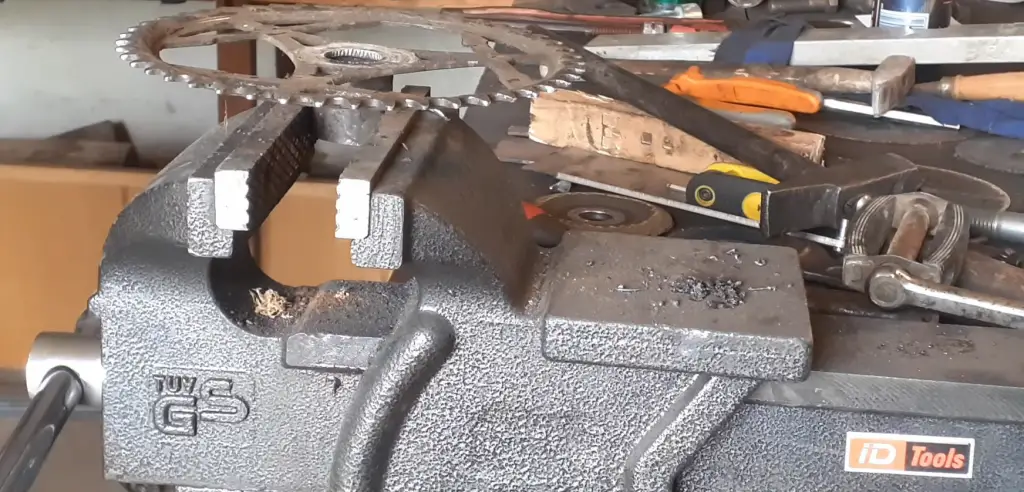
Making the handles
Attach wooden handles onto the end of each handlebar. Use a hammer to nail them in place. You can also add a cushioning material, such as foam or cloth, to make them more comfortable. [2]
Packaging and shipping
Finally, secure all the parts of your wheelbarrow in place with nuts and bolts. Once everything is assembled, you will need to package it up for shipping. Wrap each part securely in bubble wrap or polystyrene foam, then put them into sturdy boxes and seal them shut. Your wheelbarrow is now ready to be shipped off!
With these tips on how to build a wheelbarrow, you now have the knowledge to create one of your own. Just remember to take safety precautions when working with tools and materials, and you’ll be able to construct a strong and durable wheelbarrow that will last for years. Good luck! [2]
Quality Control
The final step before you can begin using your wheelbarrow is quality control. Make sure everything fits together securely and the wheel spins smoothly. Look for any signs of wear or damage that could compromise safety. Finally, test the wheelbarrow on a few different terrains to make sure it works as intended.
Now that you’ve successfully built your own wheelbarrow, enjoy all the uses and possibilities! With proper care and maintenance, your wheelbarrow should last for many years to come! Have fun! [2]
FAQ
What materials do you need to make a wheelbarrow?
To build a wheelbarrow, you’ll need the following materials: galvanized steel tubing, flat-top utility trailer axle kit, caster wheels, carriage bolts and nuts, washers, construction screws/bolts, and paint/primer. Additionally, if you choose to use wood for the handles and sides of your wheelbarrow frame you will also need 2×4 boards.
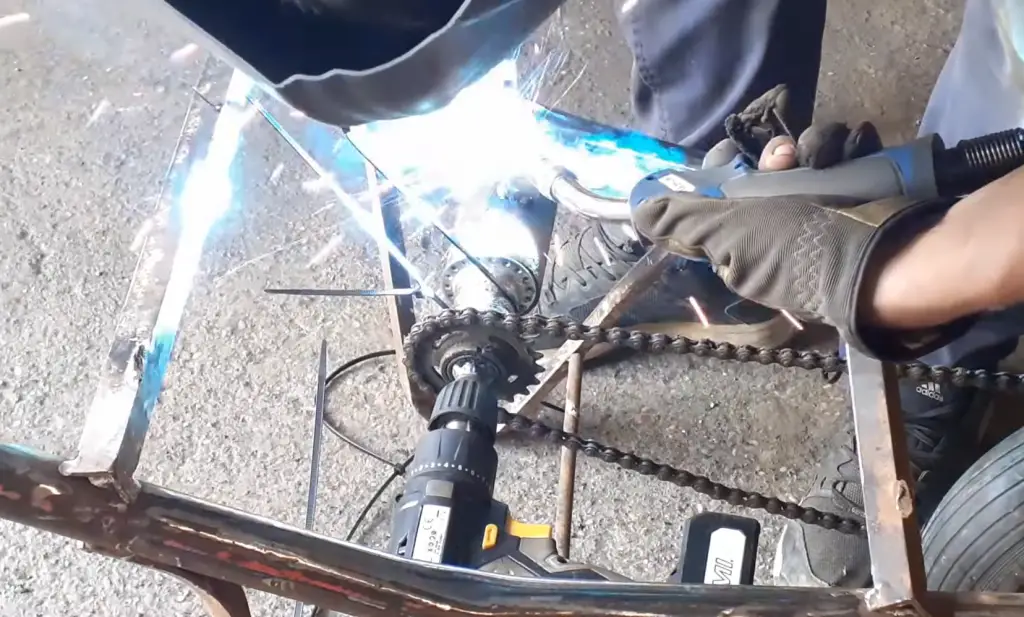
How do you make a strong wheelbarrow?
The strength of your wheelbarrow will depend largely on the quality of the materials you use. When choosing galvanized steel tubing, be sure to select a heavy-duty option with high wall thickness. For wood components, make sure to choose boards that are thick and free from warping.
During assembly, it’s important to secure each component properly with bolts and screws. Make sure every nut and bolt is tightened securely. Adding an additional layer of paint or primer can further help protect your wheelbarrow against corrosion and weather damage.
What gauge steel is a wheelbarrow?
The gauge of the steel used for wheelbarrow frames varies depending on the manufacturer. Generally speaking, most wheelbarrows are made with 16-gauge steel tubing or higher. If you’re building your own wheelbarrow, it’s important to choose galvanized steel tubing with a high wall thickness (preferably 16-gauge steel) to ensure strength and durability.
What is the best material for a wheelbarrow?
Galvanized steel is the best material for building a wheelbarrow. It offers superior strength and durability and can withstand exposure to weather and corrosion. If you choose to use wood components for your wheelbarrow frame, be sure to select boards that are thick and free from warping.
What is a good size for a wheelbarrow?
The size of your wheelbarrow will depend on the type of work you plan to use it for. For general landscaping, gardening, or yard work a standard-sized wheelbarrow (approximately 4 cubic feet) is usually sufficient. If you plan on hauling heavier materials such as bricks or stone, then it’s best to opt for a larger wheelbarrow with a higher weight capacity (at least 6 cubic feet).
How many bags of cement can you mix in a wheelbarrow?
It’s generally recommended that you only mix one bag of cement per wheelbarrow. Mixing more than one bag can be difficult to manage and can cause the wheelbarrow to become too heavy for safe operation. If you plan on mixing multiple bags of cement, it’s best to use a larger wheelbarrow with a higher weight capacity and two strong handles for better balance during transport.
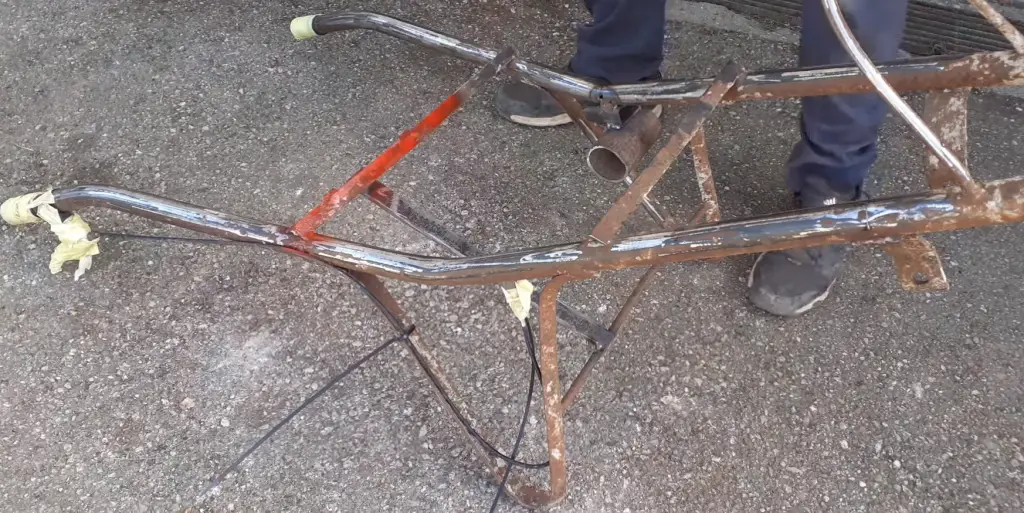
Is one or two wheels better on a wheelbarrow?
Wheelbarrows typically come with either one or two wheels, depending on the style and purpose of the wheelbarrow. Single-wheeled wheelbarrows are best for lighter loads such as leaves or soil, while two-wheeled models are ideal for heavier materials like stones or bricks. Additionally, two-wheeled wheelbarrows offer better balance and stability when transporting heavier loads.
What are the disadvantages of wheelbarrows?
Due to their large size and weight capacity, wheelbarrows can be difficult to maneuver. If you’re working on uneven ground or in tight spaces, a wheelbarrow may not be the best option. Additionally, wheelbarrows require additional materials such as casters and axles in order to construct, which can add to the cost of making one. Finally, if you plan on using your wheelbarrow frequently for heavy work, it’s important to check that all components are secure (bolts and screws tightened properly) before use in order to ensure safety during operation.
Is a gorilla cart better than a wheelbarrow?
It really depends on the job at hand. If you’re looking for a tool to transport heavy materials such as stones, bricks or dirt, then a gorilla cart may be better suited for your needs. Gorilla carts are designed with large pneumatic tires and are able to carry heavier loads more easily than wheelbarrows. However, they can be more difficult to maneuver in tight spaces due to their size and weight. A wheelbarrow is better suited for lighter loads and offers greater maneuverability in tighter areas. Ultimately, it’s important to consider the type of work you’ll be doing when choosing between a gorilla cart and a wheelbarrow.
Useful Video: How to Make a Drill-Powered Wheelbarrow at Home
Conclusion
We’ve gone over the basics of wheelbarrow building. From gathering supplies to completing the build, you now have all the information you need to get started on your own wheelbarrow project. Just remember that patience and proper safety measures are key!
As with any project, practice is key. With more builds under your belt, you’ll soon be able to customize your wheelbarrows for specific uses and even upgrade them for better performance. Now it’s time to go out there and create something truly unique! Good luck!
References:
- https://build-basic.com/build-a-diy-rustic-wheelbarrow/#.Y49BZnZBy3A
- http://www.madehow.com/Volume-5/Wheelbarrow.html





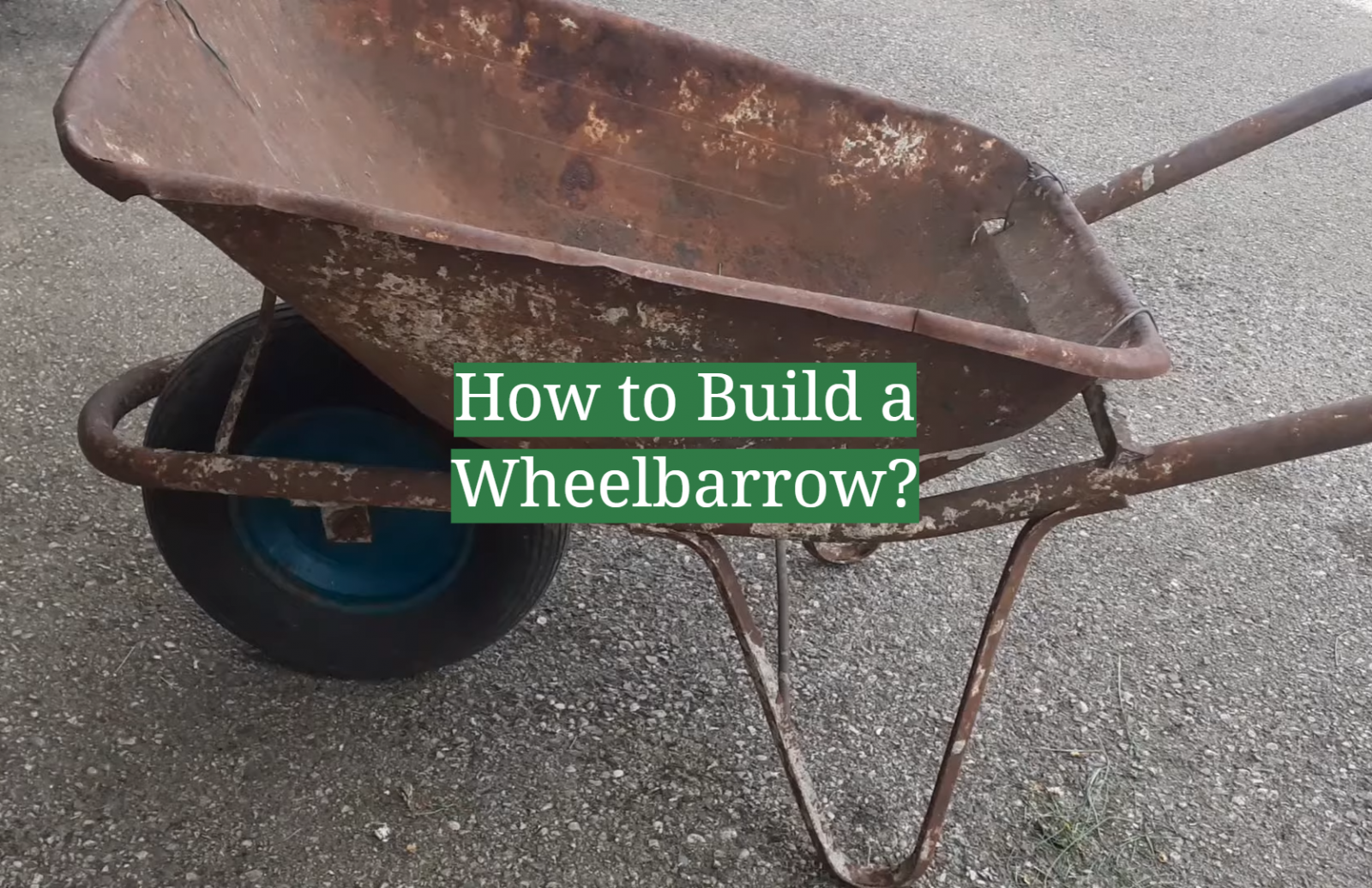
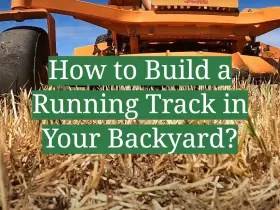

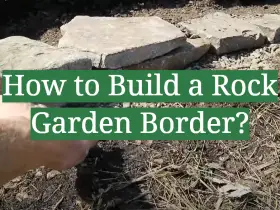

Leave a Reply
View Comments